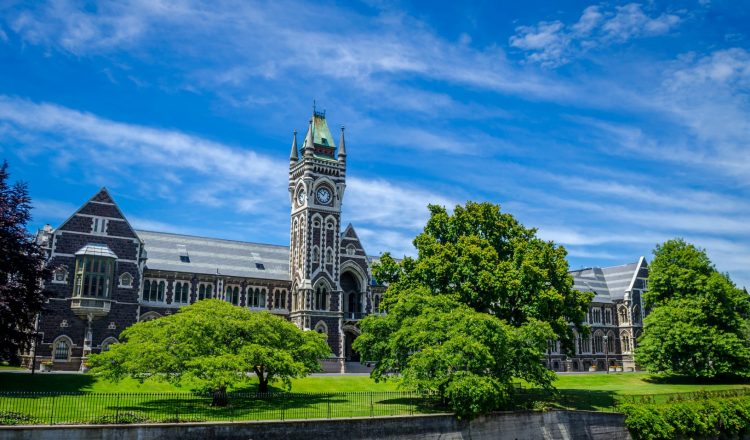Work and Study
Your time in New Zealand on a student visa must be for study. You may be allowed to work part-time but there are rules you need to know. If you wish to stay in New Zealand and work after you have finished you graduate, you will need the right visa to do so.
Working on a student visa
You may be allowed to work part-time for up to 20 hours a week and full-time during all scheduled holidays and/or during the Christmas and New Year holiday period.
Check your visa label
If you’re allowed to work, your work rights will be recorded in your eVisa or the visa label in your passport, or explained to you in a letter.
If you work when you’re not allowed to, you’ll be in breach of your visa conditions. If this happens you may have to leave New Zealand. If you have questions about your work rights, contact Immigration New Zealand.
Secondary school students
You can work for up to 20 hours a week during the school year, and full time in the Christmas and New Year holiday between school years if:
- you are 16 or older, and
- studying in year 12 or 13.
NOTE: If you are under 18, you must have written permission from your school, and your parents or legal guardian to work. You do not need written permission if you are over 18.
Secondary school students practical experience
You’re allowed to work, to meet a requirement of practical experience for your programme of study in New Zealand, if practical experience is a course requirement.
Part-time work (tertiary students)
You can work up to 20 hours a week if you’re studying full-time for any of the following:
- for at least 2 years;
- for a New Zealand qualification that gains points under the Skilled Migrant Category;
- for a foundation programme for at least 1 academic year at level 4 or higher on the New Zealand Qualification Framework at an education provider in Canterbury.
Full-time work (tertiary students)
You may be able to work full-time:
- during scheduled breaks in study, if you’re studying full-time for at least 1 academic year and your course is worth more than 120 credits
- during the Christmas and New Year holiday period, if you’re studying full-time and your course is worth 120 credits or more.
- PhD and Masters by research students
- If you’re enrolled in Masters by research or doctoral degree programme awarded by a New Zealand tertiary institution, there are no restrictions on the hours you can work.
Part-time work (English language students)
You can work for up to 20 hours a week while you have a valid Student Visa if your course meets certain conditions.
Courses 6 months and longer – You can work part-time if all of the following apply:
- your study is full-time
- your programme of study for 6 months or longer
- we believe the main purpose of your study is to improve your English
- you have an International English Language Testing System certificate with an overall band score of 5.0 that’s no more than 2 years old – you’ll need to provide this with your application.
Courses 14 weeks and longer: You can work part-time if all of the following apply:
- your study is full-time
- your study is for at least 14 consecutive weeks
- you’re studying English language
- your study is with a university, or a high quality education provider.
Shorter courses
When Immigration New Zealand assess if you’re eligible for work rights, they’ll look at any English language study you’ve done on previous Student Visas. If they can count your previous English language study towards the 14 weeks if:
- your new study follows on from your previous study
- the study is with the same education provider.
Work you can’t do
International students aren’t allowed to be self-employed. You must work for an employer and have an employment agreement.
You can’t provide commercial sexual services. This means you can’t:
- work as a prostitute
- operate a New Zealand prostitution business
- invest in a prostitution business.
For more information please visit: https://www.immigration.govt.nz/new-zealand-visas

















































